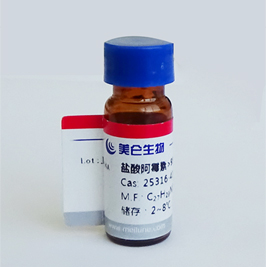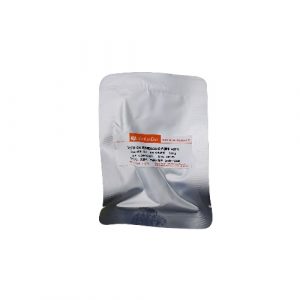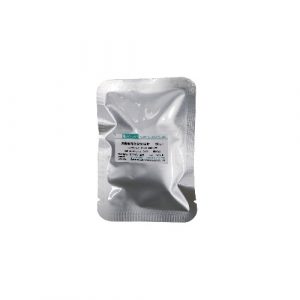Information
CAS No.: 34215-57-1
Molecular Structure: 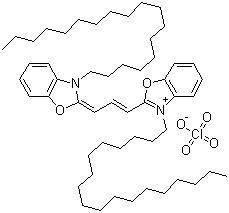
Molecular Formula: C53H85ClN2O6
Molecular Weight: 881.72
Purity: >98%,HPLC
Solubility (at 25°C): Soluble in absolute ethanol DMSO, DMF(1-2.5mg/ml)
Note: Ultrasonic and heat treatment can be used to promote dissolution
Storage Condition: -20°C, sealed storage, away from moisture and light
Shipment:
Description
Dio is DioC18(3),The full name is 3,3′-dioctadecyloxacarbocyanine perchlorate, It is one of the most commonly used cell membrane fluorescent probes, Fluoresce green, Dio is a lipophilic membrane dye, After entering the cell membrane ,it can spread laterally and gradually stain the entire cell membrane.
Dio fluoresces very weakly before entering the cell membrane, Only when it enters the membrane can it be excited to fluoresce very strongly, The excitation spectra and emission of Dio and phospholipid bilayer films are shown in the following figure. The maximum excitation wavelength is 484nm, The maximum emission wavelength is 501nm.
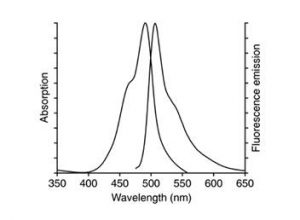
Application: Scientific reagent, widely used in molecular biology, pharmacology and other scientific research, it is strictly forbidden to use on human body. Dio is widely used in the tracing or long-term tracking of cells or tissues such as forward or reverse、living or fixed nerves. Dio usually doesn’t have a significant impact on the viability of cells. the fluorescence intensity of Dio for cell membrane staining is usually lower than Dil, sometimes the staining effect is not good for some fixed tissues.Dio except for the simplest cell membrane fluorescent labeling, it can also be used to detect cell fusion and adhesion, monitoring cell migration during development and transplantation. the diffusion of lipids across the cell membrane was detected by FRAP (Fluorescence Recovery After Photobleaching) , detection of cytotoxicity and labeling of lipoproteins, etc.
Usage Statement
Research Use Only (RUO)
All sales are subject to the General Terms and Conditions of Sale set forth on our website.

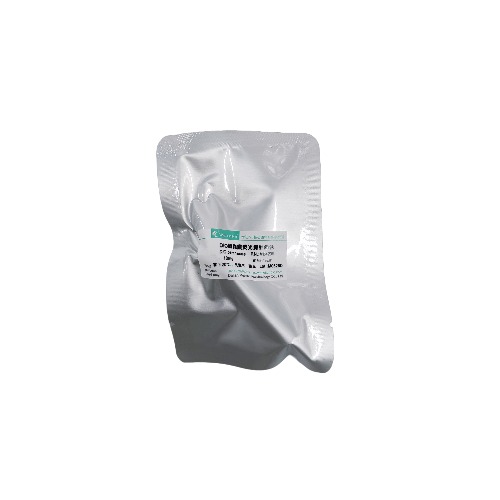
-300x300.jpg)
